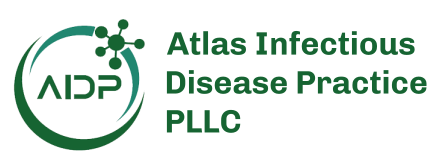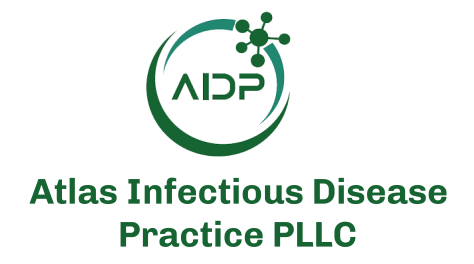The shift toward Bayesian dosing is transforming how hospitals manage antimicrobial therapy, particularly for medications requiring therapeutic drug monitoring (TDM). As clinicians grapple with increasing patient loads and limited resources, precision dosing offers a safer, more efficient approach to optimizing treatment.
Sharmeen Roy, PharmD, BCPS, chief strategy and science officer at DoseMe, explains that vancomycin remains the most commonly used antimicrobial within their software, followed closely by aminoglycosides.
“Bayesian dosing has shown significant benefits for medications with a narrow therapeutic window, where they are most effective and least toxic within a small range,” said Roy. “It improves target attainment because these medications require close monitoring, and it also addresses resource allocation challenges hospitals are facing today.”
By automating complex pharmacokinetic calculations, Bayesian dosing individualizes therapy for each patient, allowing clinicians to focus on clinical judgment rather than time-consuming manual calculations. This approach has led to measurable improvements, including shorter hospital stays, reduced adverse events, and lower toxicity risks, such as acute kidney injury.
Beyond improving patient safety, Bayesian dosing also streamlines hospital operations and reduces costs. The software enables limited sampling, meaning fewer lab draws are required while still achieving optimal dosing. This reduces the workload for clinical pharmacists, nurses, and laboratory staff, leading to greater efficiency across multiple departments. “It’s not just about making dosing more precise,” Roy noted, “but also about reducing lab and nursing resource use, making the entire system more sustainable.”
Challenges in Implementing Precision Dosing for Antimicrobials
While Bayesian dosing has become widely accepted for vancomycin, expanding this approach to other antimicrobials, such as β-lactams and antifungal,s presents new challenges.
Roy explained that despite vancomycin being in use for over 50 years, dosing strategies are still evolving. The 2020 AUC-guided dosing guidelines accelerated the shift toward Bayesian dosing, providing strong evidence-based support for its adoption. “Having guidelines in place makes it easier for clinicians to present the case to hospital leadership for why this approach is necessary,” she said.
“One of the biggest barriers is simply getting buy-in from leadership. Hospitals are juggling so many initiatives, and precision dosing has to compete for attention.” Fortunately, as more institutions experience the benefits of Bayesian dosing, adoption is steadily increasing.
Interestingly, the need for precision dosing is not necessarily driven by new antimicrobials, but rather by the need to rethink how older medications are dosed. Many antimicrobials were originally studied decades ago, under very different methodologies. As scientific understanding has advanced, researchers now recognize the importance of optimizing exposure levels to minimize adverse effects and improve patient outcomes.
For β-lactams, recent evidence suggests that therapeutic drug monitoring (TDM) enhances treatment efficacy by ensuring more precise dosing. “We now have better data on lab breakpoints, bacterial targets, and optimal dosing strategies,” Roy explained. “This allows us to fine-tune how we use these drugs, making treatment more effective and safer for patients.”
Stay tuned for part 2 coming soon where we continue this conversation and discuss AI.






